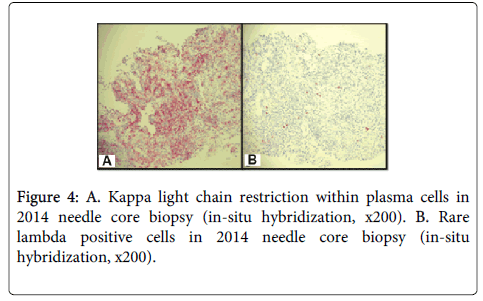
Extranodal Marginal Zone Lymphoma of the Lung: Evolution from an Underlying Reactive Lymphoproliferative Disorder
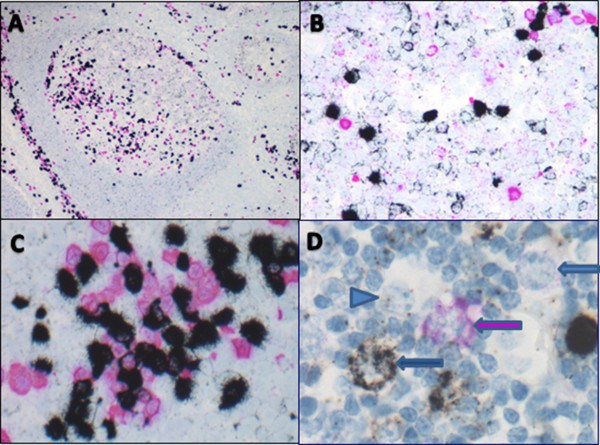
Kappa and lambda light chain mRNA in situ hybridization compared to flow cytometry and immunohistochemistry in B cell lymphomas | Diagnostic Pathology | Full Text
Page 1 of 9 Title: Flow Cytometric Testing for Kappa and Lambda light chains Sponsored and reviewed by ICCS Quality and Standar
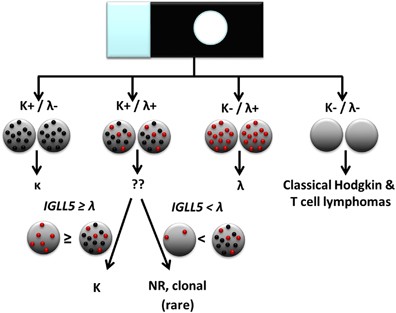
Ultrasensitive automated RNA in situ hybridization for kappa and lambda light chain mRNA detects B-cell clonality in tissue biopsies with performance comparable or superior to flow cytometry | Modern Pathology
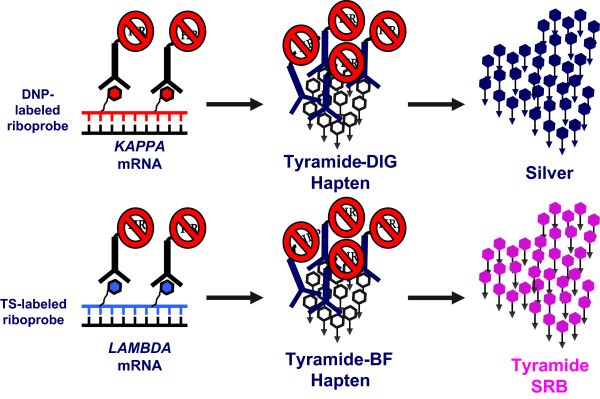
Kappa and lambda light chain mRNA in situ hybridization compared to flow cytometry and immunohistochemistry in B cell lymphomas | Diagnostic Pathology | Full Text

Light chain restriction in B cell lymphomas. A-B: CLL/SLL (A) residual... | Download Scientific Diagram
Page 1 of 9 Title: Flow Cytometric Testing for Kappa and Lambda light chains Sponsored and reviewed by ICCS Quality and Standar
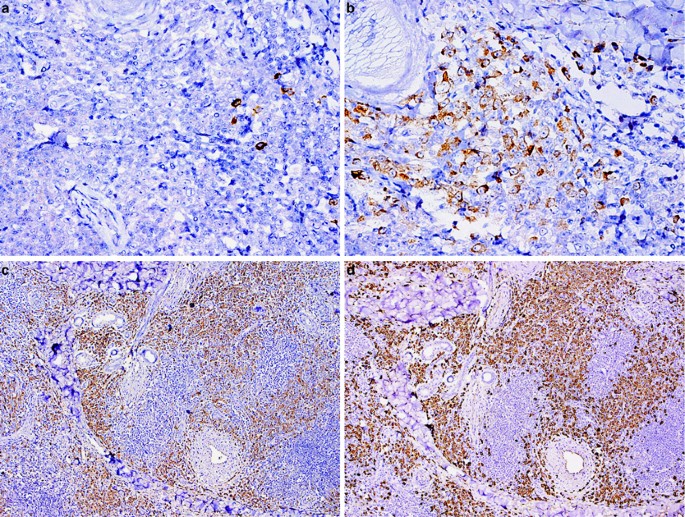
Primary cutaneous marginal zone lymphomas with plasmacytic differentiation show frequent IgG4 expression | Modern Pathology

Inconclusive flow cytometric surface light chain results; can cytoplasmic light chains, Bcl-2 expression and PCR clonality analysis improve accuracy of cytological diagnoses in B-cell lymphomas? | Diagnostic Pathology | Full Text
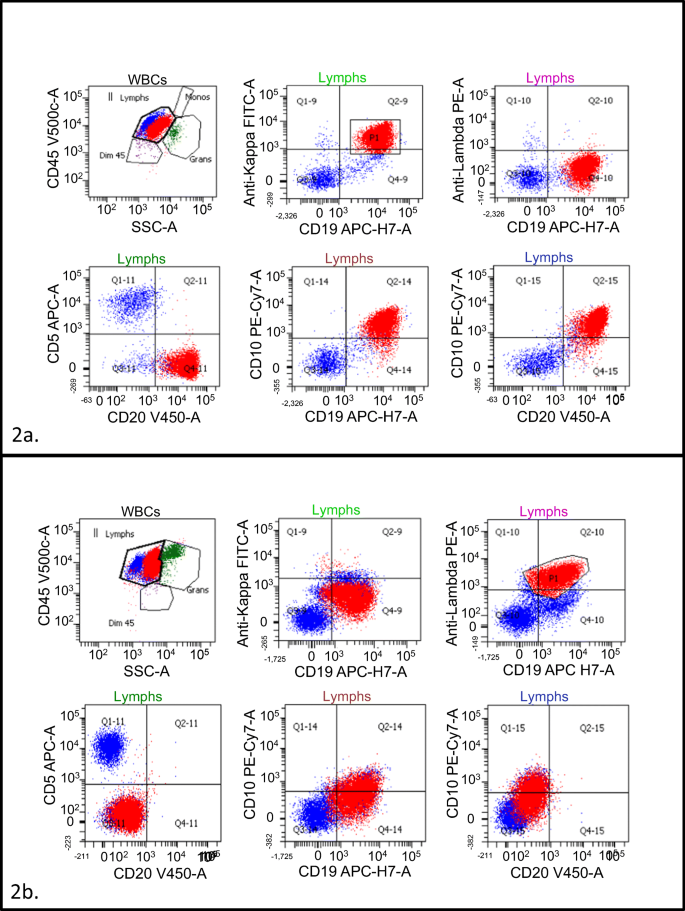
Immunophenotypic and molecular analysis of a B cell lymphoma with discordant light chain expression at different anatomic sites | SpringerLink

Kappa and lambda immunohistochemistry and in situ hybridization in the evaluation of atypical cutaneous lymphoid infiltrates - Hristov - 2020 - Journal of Cutaneous Pathology - Wiley Online Library
![PDF] Flow cytometric analysis of kappa and lambda light chain expression in endoscopic biopsy specimens before the diagnosis of B-cell lymphoma. | Semantic Scholar PDF] Flow cytometric analysis of kappa and lambda light chain expression in endoscopic biopsy specimens before the diagnosis of B-cell lymphoma. | Semantic Scholar](https://d3i71xaburhd42.cloudfront.net/dec986fe10a3f75f5a30a03fbd8f2b73ca4d69b2/4-Figure2-1.png)
PDF] Flow cytometric analysis of kappa and lambda light chain expression in endoscopic biopsy specimens before the diagnosis of B-cell lymphoma. | Semantic Scholar
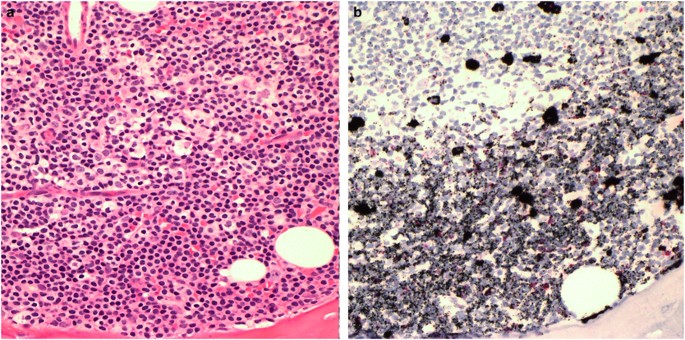
Ultrasensitive automated RNA in situ hybridization for kappa and lambda light chain mRNA detects B-cell clonality in tissue biopsies with performance comparable or superior to flow cytometry | Modern Pathology

Immunohistochemistry evidenced kappa immunoglobulin light chain (A)... | Download Scientific Diagram
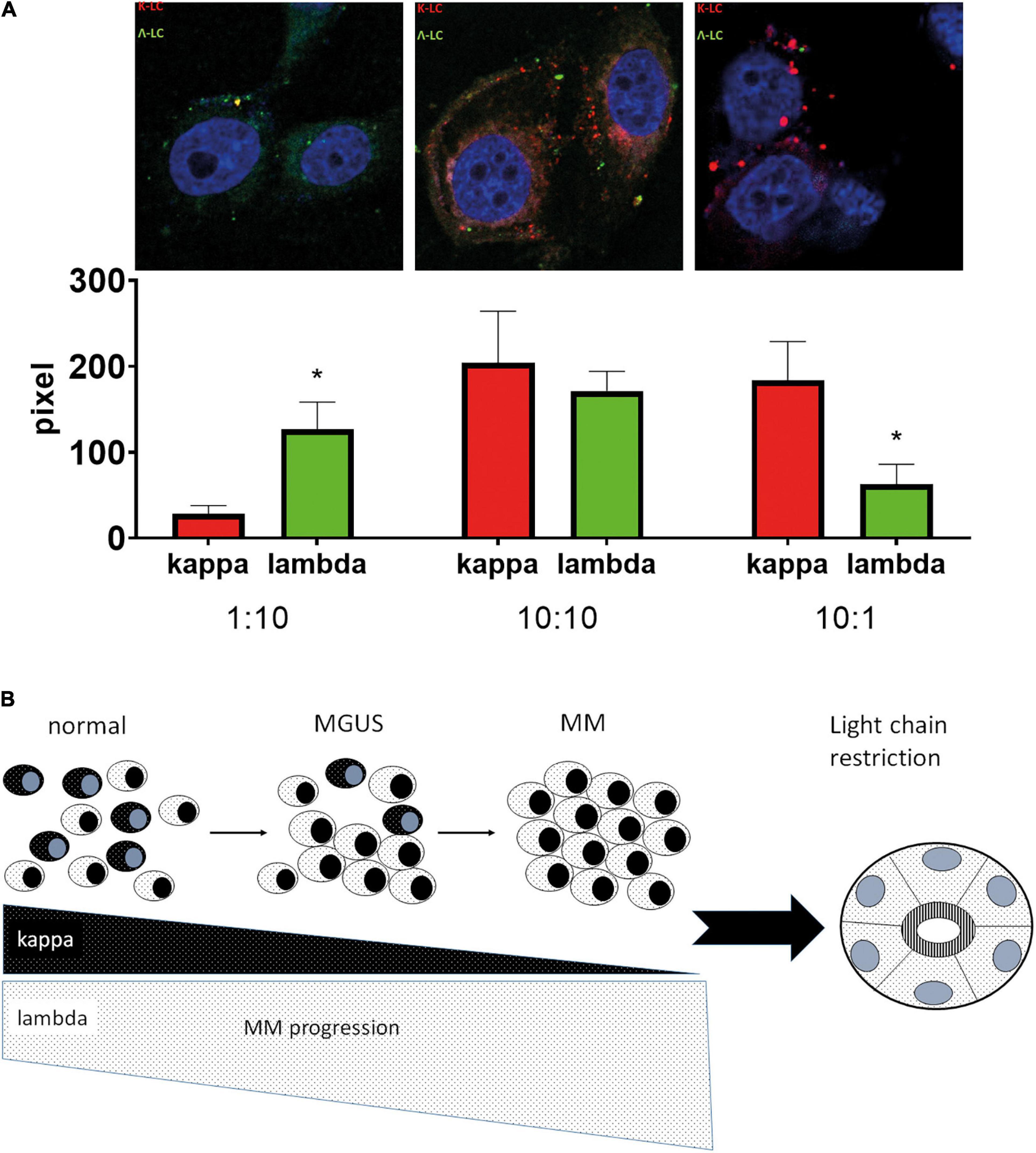

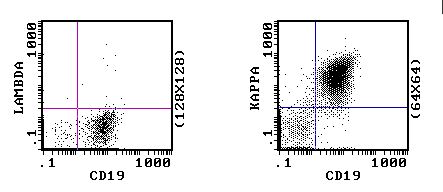

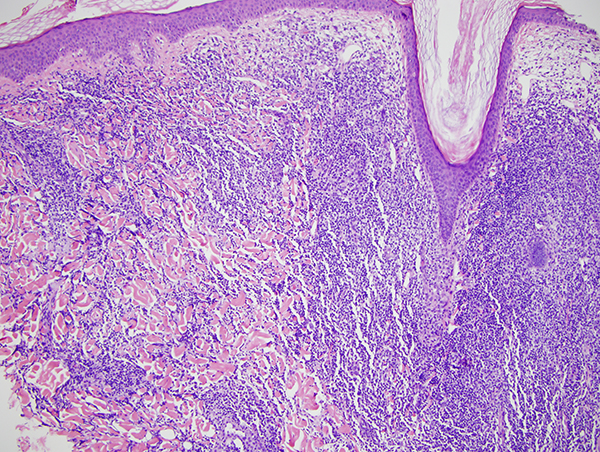



![Lambda Light Chain [N10/2] - Biocare Medical Lambda Light Chain [N10/2] - Biocare Medical](https://biocare.net/wp-content/uploads/3063.jpg)

